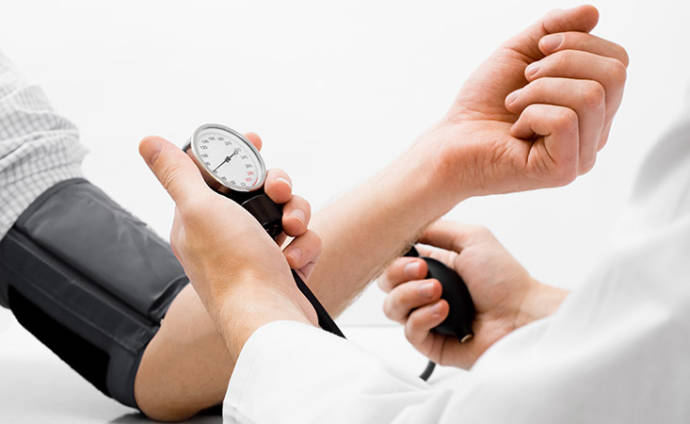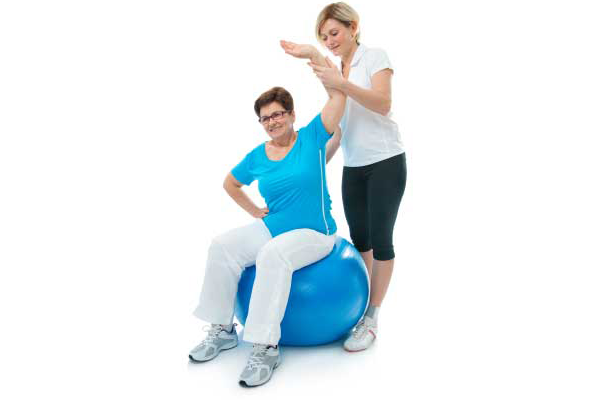Normal blood pressure is required to perform vital activities. Any changes, whether a reduction or increase, in blood pressure, leads to severe consequences including coma and death. Symptoms of high blood pressure include a severe headache, chest pain, nose bleed and difficulty breathing while hypotension may cause fainting and unconsciousness.
Types
Following are the types of high blood pressure:
- Essential hypertension: This is the type of hypertension whose cause is not known. This hypertension is also known as primary hypertension or idiopathic hypertension.
- Pulmonary hypertension: Pulmonary hypertension is caused when there is high blood pressure in the vessel that carries the blood from the heart to the lungs. It is considered a serious condition.
- Malignant hypertension: It is considered as a medical emergency as the blood pressure is extremely high and it may cause organ damage.
- Resistant hypertension: This type of hypertension is not easily controlled even with the help of medications. Patients who need a combination of at least 4 different types of antihypertensives are considered to be suffering from resistant hypertension.
Following are the types of low blood pressure:
- Orthostatic hypotension: Also known as postural hypotension, this condition is caused when the person suddenly stands up from a sitting or lying position. It may cause dizziness and lightheadedness.
- Severe hypotension: It is the condition characterized by a severe dip in the blood pressure. It is caused due to a sudden loss of blood, severe allergic reaction and severe infection.
- Neurally mediated hypotension: This hypotension occurs due to faulty brain signals. This may result in nausea, dizziness, and fainting.
Causes
In most of the cases, the cause is not known. This hypertension is known as primary hypertension. Following are the causes of secondary hypertension:
- Age: As the person gets older, the flexibility of the blood vessels gets reduced, leading to hypertension. Further, diet plays an important role in causing hypertension in the elderly.
- Medications: Various medications such as caffeine, steroids and oral contraceptives are known for increasing blood pressure.
- Smoking: People who do smoking are more prone to increased blood pressure due to reduced flexibility of vessels.
- Genetics: People with a family history are significantly at higher risk for developing hypertension.
- Underlying conditions: Underlying conditions such as hypothyroidism or chronic kidney disease also results in hypertension.
- Hormonal imbalance: Fluctuations in the hormones secreted by the adrenal gland and pituitary gland also causes changes in blood pressure.
- Sleep apnea: Sleep apnea, through an unknown mechanism, leads to the development of hypertension. Sleep apnea also causes various other cardiovascular disorders.
Following are the causes of Hypotension:
- Dehydration: Dehydration causes low blood volume leading to low blood pressure.
- Pregnancy: Pregnancy may also cause hypotension due to slight dilation of blood vessels.
- Shock: Hypotension can be caused by shock due to severe blood loss or severe anaphylactic reactions.
Symptoms
Symptoms of high blood pressure:
- A headache
- Chest pain
- Visual disturbances
- Nose bleed
- Difficulty breathing
- Dizziness
Symptoms of low blood pressure
- Nausea
- Fainting and unconsciousness
- Blurred vision
- Lack of concentration
- Pale skin
- Shallow breathing
How to diagnose
- Diagnosis of High blood pressure: The best method to diagnose the high blood pressure is to measure it with the help of sphygmomanometer. This is the device used to calculate the value to systolic as well as diastolic pressure. The doctor may also diagnose the high blood pressure by examining physical symptoms as well as the medical history. The doctor may also advise you to perform tests such as cholesterol level, urine analysis, and other blood tests. The doctor may also conduct an ECG to determine the electrical conductivity in the heart.
- Diagnosis of low blood pressure: Low blood pressure is also diagnosed through sphygmomanometer. A blood test is done to diagnose the low blood pressure which includes evaluating the level of glucose level as well as red blood cell count. Diagnosis is also done through electrocardiograms and echocardiogram to check the other cardiovascular disorder. The stress test is also conducted by advising the patient to exercise on the treadmill and monitoring blood pressure. For patients with orthostatic hypotension and neurally induced hypotension, tilt table test is done to analyze the change in blood pressure during a change in body position.
Risk neglecting Anormal blood pressure
Neglecting abnormal blood pressure leads to life-threatening complications. Unmanaged hypertension may lead to severe disorders ranging from permanent disability to death. Untreated hypertension causes stroke, kidney damage, blindness, heart failure, infertility and loss of libido and poor peripheral blood circulation, especially in legs. It also increases the risk of infection and organ amputation.
Complication of unmanaged hypotension leads to stroke and coma. Further, the risk of getting hurt is high due to repeated fainting episodes. Hypotension also causes prolonged fatigue and dizziness.
Stages
High blood pressure or hypertension has the following stages:
- Stage 0 hypertension or Elevated blood pressure: It is the primary stage with systolic pressure is between 120 to 129 mm Hg and systolic pressure is below 80 mm Hg.
- Stage 1 hypertension: This is relatively more severe than stage 0 with systolic pressure between 130-139 mm Hg and diastolic ranging from 80 to 89 mm Hg.
- Stage 2 hypertension: This is characterized with the systolic pressure of 140 mm Hg or higher and diastolic pressure of 90 mm Hg or more.
Foods
Following foods should be incorporated into the diet to manage the abnormal blood pressure:
- Bananas
- Fatty fish containing omega-3 fatty acids.
- Blueberries
- Whole grains
- Fresh fruits
- Green leafy vegetables
- Olive oil
Prevention tips
- Take a healthy diet.
- Manage your weight.
- Quit smoking.
- Drink plenty of water.
- Regularly monitor your blood pressure.
- Include exercise in your daily routine.
When to see a doctor
Visit your doctor if:
- Your blood pressure is not managed with your current medications.
- You feel fainted.
- You experience the feeling of nausea.
- You have a sudden headache and visual disturbances.
- You feel lightheadedness when you suddenly get up from your bed.





